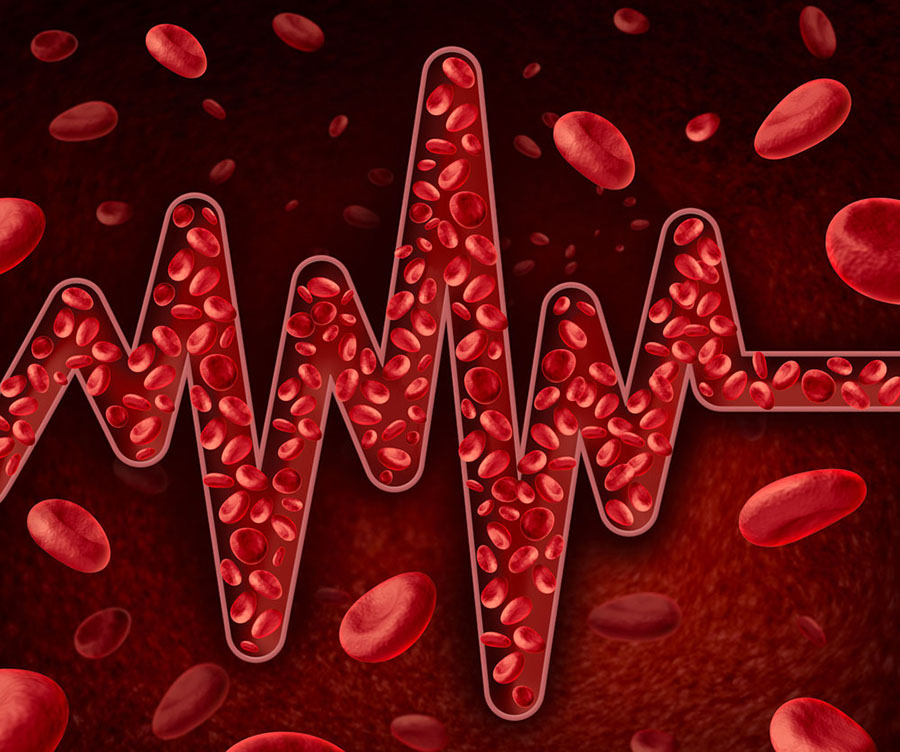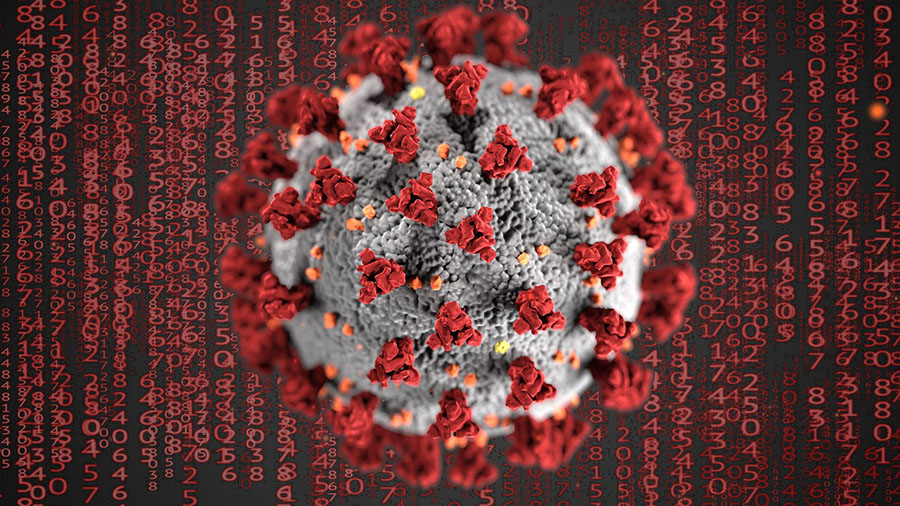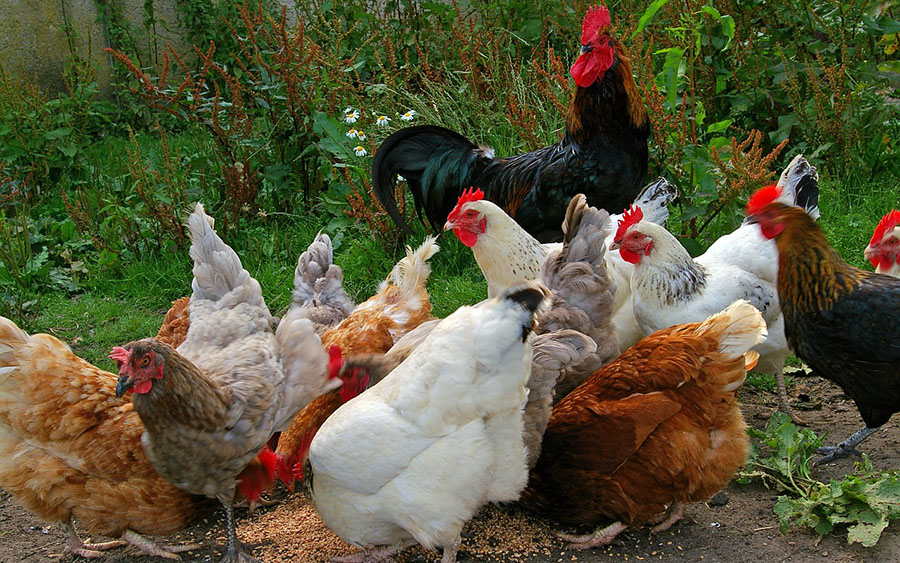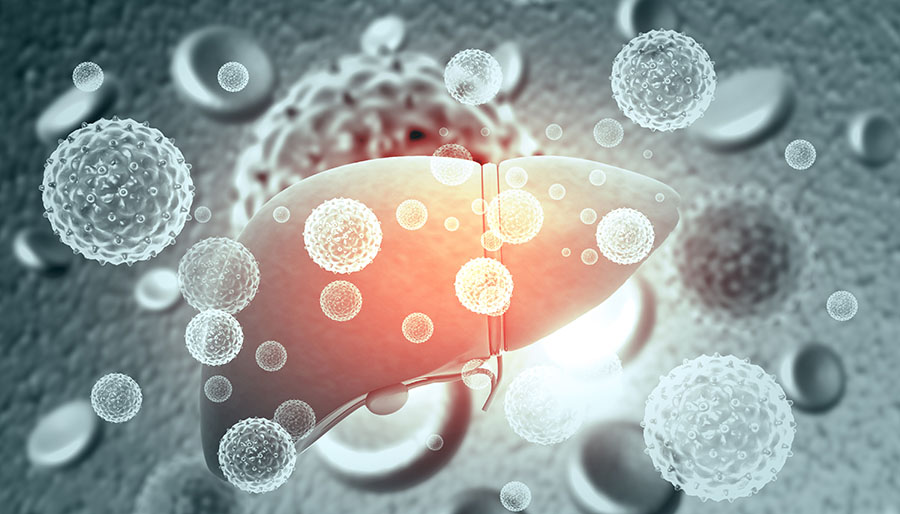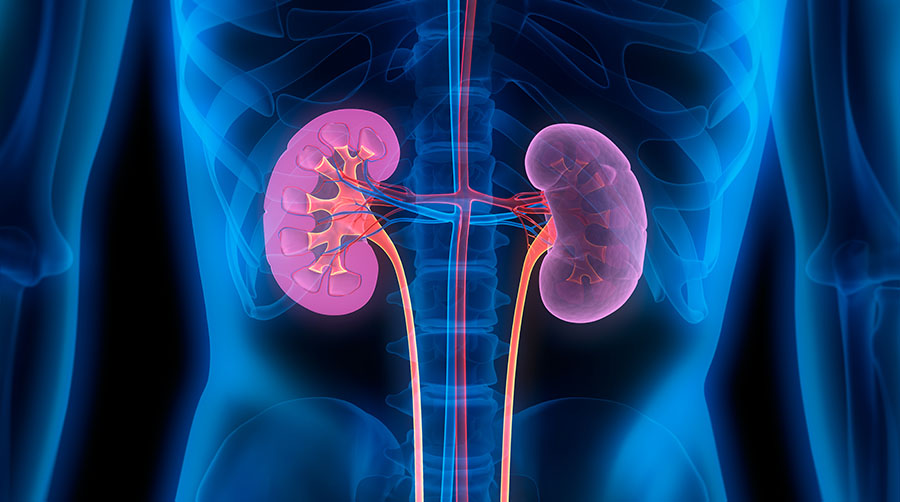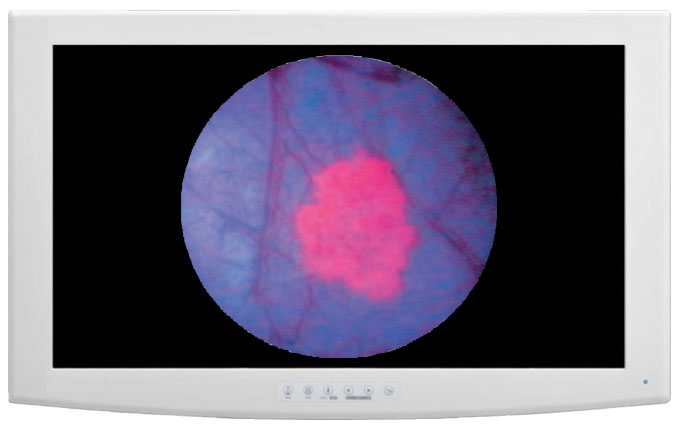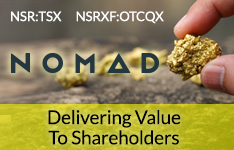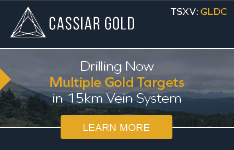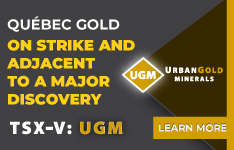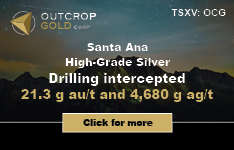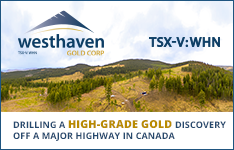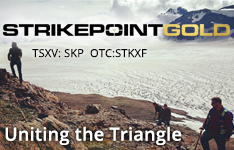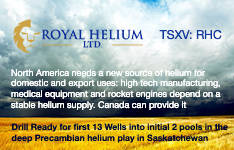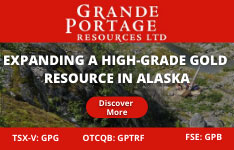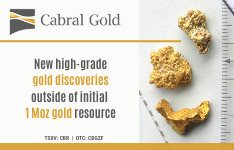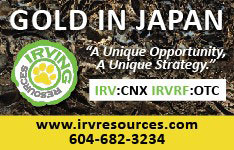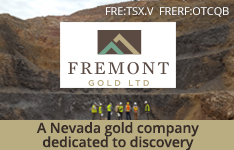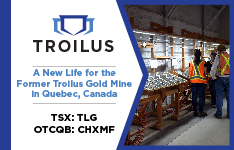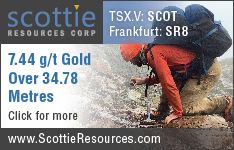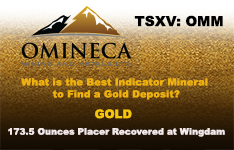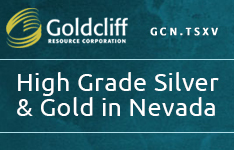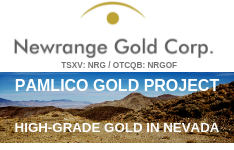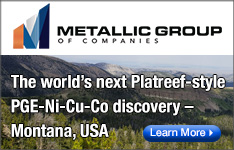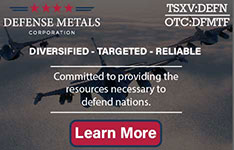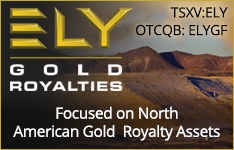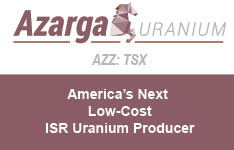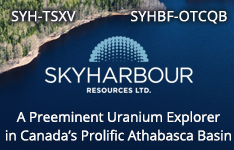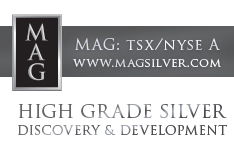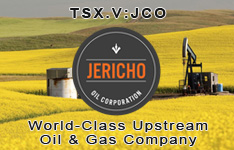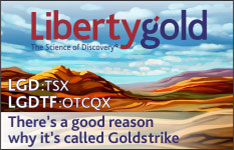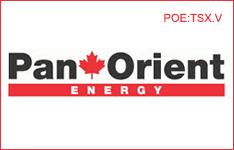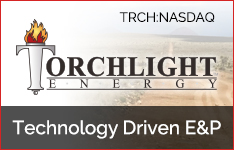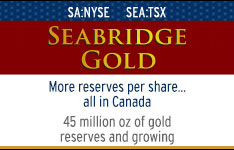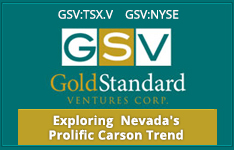
The consummation of PfiZeneca might have failed but the first half of 2014 was still a huge period for M&A in the pharmaceutical sector. The value of deals announced over the six months, $87.3bn, already exceeds the total for 2013, EvaluatePharma data show.
Deals worth $50bn emerged in the second quarter alone, the biggest quarter since at least 2007, when mega-mergers are excluded. With several substantial transactions still being negotiated and the pace of deals showing no sign of slowing, 2014 could easily go down as a record year (see tables below).
The stampede of US companies seeking shelter from the country’s high domestic corporation tax rate has largely driven the deal making. This financial engineering has been widely applauded by the markets but has increasingly been raising the ire of politicians.
Sometimes transactions have included a strategic angle – for example Salix’s move on Cosmo, announced yesterday, which consolidates the former’s position in gastro-intestinal medicine (Ireland tax shelter beckons for Salix, July 9, 2014).
But many a chief executive is no doubt feeling the pressure to either buy, or be bought. And this impetus, added to growing fears that tax-avoidance loopholes will be shut in the not-too-distant future, is only stoking the pace of consolidation sweeping the sector.

The result for the second quarter is made more remarkable by the fact that it does not even include the biggest deal of the year so far, Actavis’s acquisition of Forest Laboratories for $25bn.
Forest also ranks as having initiated two of the other top 10 transactions of the year, the table below shows, illustrating how consolidation has been focused in the speciality and mid-cap sectors.
The asset swaps negotiated by GlaxoSmithKline and Novartis – worth $23.1bn – helped give the second quarter deal value the biggest leg up. And, in total, eight acquisitions worth more than $1bn were announced in the second quarter.
To put this in context, only nine deals crossed this barrier in 2011, and only eight in 2010. Last year as the pace of deal making picked up 16 transactions worth more than $1bn were announced; the Salix deal announced today means this year’s tally is already at 14.
Five-year M&A activity |
||
Deal announcement date |
Deal value ($m) |
Deal count |
2014 H1 |
87.3 |
91 |
2013 |
79.3 |
179 |
2012 |
43.2 |
186 |
2011 |
55.2 |
191 |
2010 |
71.1 |
191 |
2009 |
42.8 |
168 |
The table above shows just how meaty this year’s deal value is compared with the last five years. The figures exclude mega-mergers and, as with all the data in this analysis, only include companies working on human therapeutics, so medical technology companies or pure-play diagnostics are excluded.
Looking further back the data shows that 2006 is the previous most valuable year for deal making, outside of megamergers, when transactions worth $100.7bn were announced. In that year Bayer bought Schering, Johnson & Johnson acquired Pfizer’s consumer products unit and Serono was subsumed by Merck KGaA, all $10bn+ deals.
It would only take one of the two big deals rumbling on – Shire and AbbVie or Valeant and Allergan – for 2014 to surpass this mark. And even if these fail to come to anything, sizeable transactions elsewhere cannot be ruled out.
It seems highly likely that in six months’ time 2006’s record will be declared broken.
|
||||||||||||||||||||||||||||||||||||||||||||||||||||||||||||
Amy Brown
EvaluatePharma



